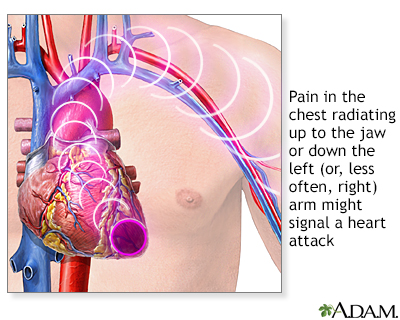
Sometimes the germ (bacterium) that is causing the pneumonia is resistant to the first antibiotic. This helps to decide which antibiotic medicine is best to use. Blood tests and phlegm (sputum) tests may be taken to find which germ (bacterium) is causing the serious lung infection ( pneumonia).A chest X-ray may be taken to be sure of the diagnosis and to see how bad the infection is.If your chest infection symptoms are more severe and you need to go to hospital then you may need to have the following tests: Often no tests are needed if you have infection of the large airways (bronchi) in the lungs (acute bronchitis) and your symptoms are mild.

If you have asthma, they may ask you to check your peak flow measurement. If you want a chaperone during the examination, the doctor will arrange one. The doctor will listen to your chest, so they may want you to lift or take off your top. This is done with a small device that sits on the end of your finger. Sometimes your doctor will check how much oxygen is circulating around your body. The examination may include checking your temperature. They will be interested in whether you smoke, how much and for how long. They may also ask about your medical history and that of your family. They will ask about your symptoms and how you are feeling. Your doctor will be able to make a diagnosis of a chest infection by listening to your story and examining you.

You can buy many cold remedies and cough medicines at pharmacies.
/cloudfront-us-east-1.images.arcpublishing.com/gray/UCQACINJVRA7LA6FGTPXWF3H5M.png)
This can help to clear the mucus from your chest. Inhale steam vapour, perhaps with added menthol.Drink lots to prevent your body becoming lacking in fluids (dehydrated) and to help keep the mucus in your lungs thin and easier to cough up.If you have a chest infection, you should: What can I do to treat my chest infection? People with these conditions are more likely to develop serious complications. The only exceptions are people with long-term health conditions affecting the lungs, like chronic obstructive pulmonary disease (COPD) and bronchiectasis.

You may also feel tired and achy, but these chest infection symptoms are usually fairly mild and you'll be able to keep going with everyday activities.Ĭhest infections can start with these symptoms too, but you don't need to see a doctor if these are the only symptoms you have. You will usually get a cough, which is often dry and harsh but can also sound like you have a lot of phlegm (sputum), which you may bring up. Breathing difficulties (including shortness of breath and wheezing).Ī cold - often called an upper respiratory tract infection (URTI) - usually starts with a combination of blocked and/or runny nose and sneezing, sometimes with a mild high temperature (fever).


 0 kommentar(er)
0 kommentar(er)
